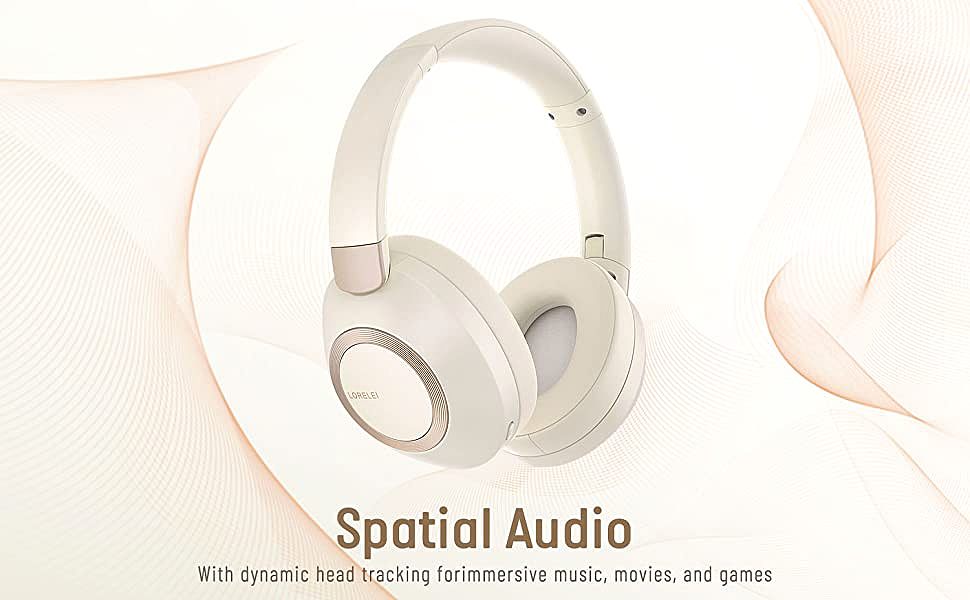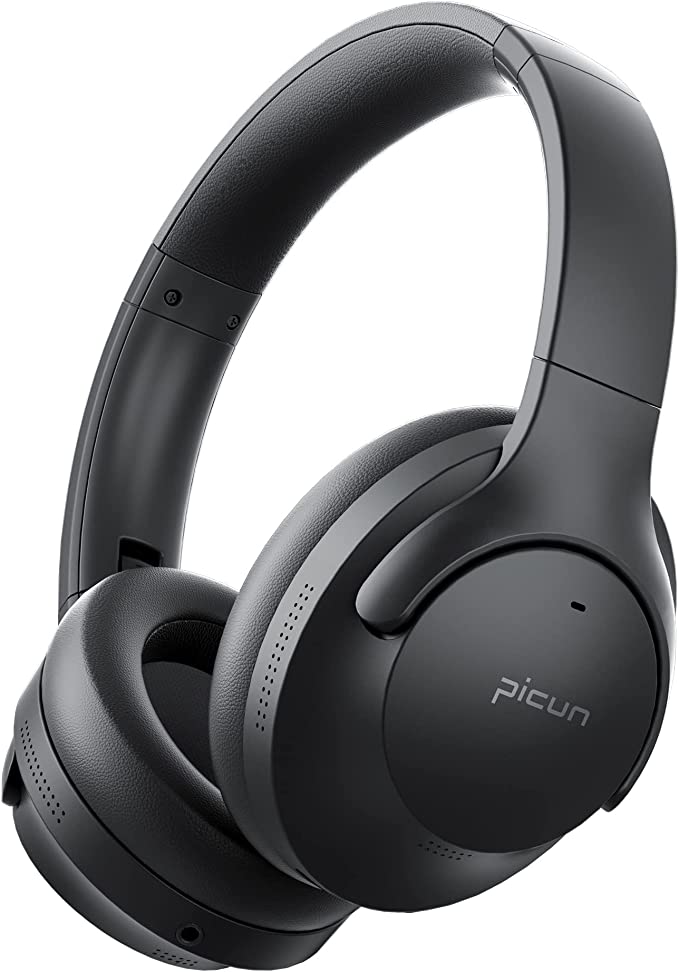We live in an age saturated with sound, much of it delivered directly to our ears through increasingly sophisticated personal audio devices. We crave the rich immersion of music, the engaging narrative of podcasts, the crucial connection of calls. Yet, step outside, navigate a busy street, or work in a collaborative office, and another need asserts itself: the fundamental human requirement to remain connected to the physical world around us. This is the modern listener’s paradox – how do we reconcile deep audio engagement with essential situational awareness?
For years, headphone design largely prioritized isolation. Earbuds plugged our canals, and over-ear cups cocooned us. While effective for blocking noise, this often meant sacrificing our connection to ambient sounds – the approaching cyclist, a colleague’s question, the siren in the distance. Enter the concept of open-ear audio, a design philosophy that seeks not to seal, but to integrate. The Monster Open Touch Pro 100 Open Ear Headphones represent a fascinating example within this category, attempting, based on their described features, to weave this principle of openness with a suite of intriguing modern technologies. Let’s explore the science, design, and potential experience offered by this unique blend.

Embracing Your Surroundings: The Open-Ear Ethos
At its core, the open-ear concept is elegantly simple, rooted in basic acoustics. Unlike traditional earbuds that form a physical barrier inside or over your ear canal, open-ear designs intentionally leave the canal unobstructed. Imagine listening to music in your room with the window open versus closed – that’s the fundamental difference. Speakers, often positioned just outside the ear canal, direct sound waves towards your eardrum while allowing external, ambient sound waves to enter naturally.
The primary, and perhaps most compelling, benefit of this approach is enhanced situational awareness. For cyclists sharing the road, runners navigating park trails, or pedestrians crossing busy intersections, hearing approaching vehicles or other environmental cues is crucial for safety. In an office setting, it means staying accessible to colleagues without constantly removing your earbuds. Beyond safety and social connection, some users report reduced listening fatigue, as the ear isn’t subjected to the pressure changes sometimes associated with a tight seal.
Of course, physics dictates trade-offs. An open design inherently means sound isn’t contained as effectively as with a sealed earbud. This can lead to sound leakage – people nearby might faintly hear your audio, especially at higher volumes. Similarly, achieving deep, impactful bass response without the sealed chamber’s resonance poses a greater acoustic challenge for engineers. It’s a balancing act inherent to the design philosophy.
Monster describes the Open Touch Pro 100 as featuring an “innovative open-ear design” complemented by an “ergonomic curved ear-hook” made of “skin-friendly silicone.” This suggests a focus not just on the acoustic principle but also on wearer comfort and stability, aiming for a secure yet non-intrusive fit suitable for prolonged use and active scenarios – crucial when the device isn’t wedged firmly inside the ear.

Shaping the Sound, Respecting the Openness
Delivering satisfying audio in an open format requires careful engineering. The description mentions a “high-quality 16.2mm large driver” in each earbud. The driver is the heart of any headphone, essentially a miniature speaker diaphragm vibrating to create sound waves. Generally speaking, a larger diaphragm has the potential to move more air than a smaller one. This can translate to a fuller sound, potentially offering better reproduction of lower frequencies (bass and mid-bass) – often a challenge for open designs.
Monster brands its desired audio output as “Pure Monster Sound,” aiming for “clear sound quality” that brings music details “vividly” to life. While “Pure Monster Sound” is a signature goal, the actual perceived quality depends heavily on the driver’s capabilities, the acoustic implementation within the open design, and the electronic tuning applied by the engineers. Audio signatures vary widely – some aim for neutrality, others for a more energetic “V-shaped” response (boosted bass and treble). Without independent testing, we rely on the description’s claim tied to the substantial driver size as the means to this end.
Cutting Through the Clutter: Clarity in Conversation
One common frustration with headphones is poor call quality, especially in noisy environments. The Open Touch Pro 100 description highlights “ENC adaptive noise separation,” aiming for “crystal-clear conversations.” It’s vital to understand what ENC (Environmental Noise Cancellation) typically entails in this context. Unlike Active Noise Cancellation (ANC), which aims to cancel out ambient noise for the listener’s immersion, ENC primarily focuses on cleaning up the outgoing audio – your voice – for the benefit of the person on the other end of the call.
The underlying principle usually involves multiple microphones on the earbuds. Some capture your voice, while others pick up surrounding ambient sounds (traffic, chatter, wind). Sophisticated algorithms then attempt to distinguish your voice signal from the noise and subtract or suppress the unwanted background sounds before transmitting the audio. Think of it as an intelligent filter trying to isolate your speech. The description notes this ENC is “fully adaptive,” suggesting it intelligently adjusts to changing environmental noise levels. However, factors like wind noise can still pose significant challenges for any ENC system. The goal stated here is clear communication during calls, even when the world around you isn’t perfectly quiet.
Command Center on the Go: The Touchscreen Case Innovation
Perhaps the most visually striking and functionally unique feature described for the Open Touch Pro 100 is the “LED Full-Color Smart Screen” integrated directly into the charging case. This transforms the case from a simple power bank into an active control hub. According to the description, this multi-touch screen allows users to manage essential functions like music playback, track switching, and volume adjustment without necessarily needing to touch the earbuds or the paired phone.
This represents a distinct paradigm in Human-Computer Interaction for wearables. Traditionally, controls are on the earbuds (taps, swipes) or the source device. Placing a responsive touch interface on the case offers potential advantages: potentially larger touch targets, visual feedback (seeing the volume level or selected EQ mode), and the ability to make adjustments quickly when the earbuds are perhaps inconvenient to touch (e.g., while wearing gloves or a hat).
The description also mentions the ability to select multiple Equalizer (EQ) modes via this screen. EQ presets allow users to tailor the sound profile to their preference or the type of content they’re listening to – perhaps boosting bass for electronic music or emphasizing vocals for podcasts. This case-based control adds a layer of customization and accessibility that stands out in the current market.

Liberated Listening: Music Beyond the Smartphone
In an era dominated by streaming services and smartphone dependency, the inclusion of a standalone MP3 playback feature feels almost retro, yet intriguingly practical. The charging case reportedly features a built-in TF card slot (users must supply their own TF memory card). By loading audio files onto the card, the earbuds can apparently function independently as an MP3 player, untethered from a phone or network connection.
While streaming offers vast libraries, this feature harks back to the dedicated MP3 player era and offers distinct modern advantages. Imagine going for a run or hitting the gym without carrying your bulky, potentially distracting smartphone. Consider traveling through areas with poor or expensive data connectivity, or simply wanting a “digital detox” session with a curated playlist without notifications popping up. This feature provides a specific kind of freedom and resilience, catering to niche but valid user needs.
The Wireless Lifeline: Understanding Bluetooth 5.4
Underpinning the wireless experience is Bluetooth 5.4 technology. As a relatively recent iteration of the ubiquitous standard (governed by the Bluetooth Special Interest Group, or SIG), Bluetooth 5.4 builds upon its predecessors. While specific performance always depends on the implementation by the device manufacturers, the standard itself is designed to offer improvements in areas mentioned in the product description: potentially lower power consumption (enhancing battery life), greater stability and reliability of the connection, faster data transfer capabilities, and potentially longer operational range compared to older versions like Bluetooth 4.x.
Newer Bluetooth versions also lay the groundwork for future capabilities like LE Audio, which promises further efficiency gains and features like Auracast broadcast audio (though the product description doesn’t explicitly confirm LE Audio support here). For the user, the implementation of Bluetooth 5.4 aims to translate into a more seamless, dependable, and efficient wireless connection between the earbuds and their source device.

Built for Life’s Adventures: Durability and Fit
Active lifestyles demand durable gear. The Open Touch Pro 100 is stated to have an IPX5 waterproof rating. Understanding IP (Ingress Protection) ratings is key. Governed by the International Electrotechnical Commission (IEC) standard 60529, the ‘X’ means it hasn’t been rated for dust ingress, while the ‘5’ signifies protection against low-pressure water jets from any direction. In practical terms, this suggests the earbuds are designed to withstand sweat during strenuous workouts and resist moisture from light rain. It does not mean they are suitable for swimming or submersion. This level of water resistance adds confidence for use during exercise or commuting in less-than-perfect weather.
This durability is complemented by the previously mentioned ergonomic design. The ear hook aims to provide the necessary stability during movement – running, jumping, or vigorous activity – which is especially important for an open-ear design that doesn’t rely on an internal ear fit for retention.
Powering the Experience: Endurance and Charging
No wireless device is useful without adequate power. The earbuds themselves are described as offering up to 8 hours of playback on a single charge. The charging case, beyond its smart screen and MP3 duties, acts as a portable power bank, extending the total listening time to a claimed 30 hours before the case itself requires recharging via its own port (likely USB-C, though not specified).
Like most modern wireless earbuds, they undoubtedly use Lithium-ion batteries. While offering excellent energy density, these batteries have a finite lifespan, gradually losing capacity over hundreds of charge cycles – a universal characteristic of the technology. However, the stated 8/30-hour figures suggest ample endurance for typical daily use, covering long commutes, full workdays, or extended workout sessions without inducing battery anxiety.
Conclusion: The Synthesis of Sound, Sense, and Smart Control
The Monster Open Touch Pro 100 Open Ear Headphones, as presented in their description, offer a compelling case study in modern audio technology’s quest for synthesis. They attempt to bridge the gap between immersive personal audio and necessary environmental awareness through their fundamental open-ear design. But they don’t stop there. The integration of ENC for clearer calls, the innovative touchscreen control system on the case, the surprising inclusion of standalone MP3 playback, the adoption of current Bluetooth 5.4 standards, and a practical IPX5 rating all point towards a device striving for multifaceted utility.
It represents an effort to create not just headphones, but a versatile audio tool that adapts to various facets of modern life – the commute, the workout, the office call, the desire for phone-free music. While the ultimate success of this blend rests on real-world performance and user experience – aspects beyond the scope of the initial description – the technological choices outlined paint a picture of ambition: to deliver sound without demanding complete isolation, to offer control without complication, and to provide freedom in how and where we listen. For the listener seeking that delicate balance between their digital soundscape and the tangible world, this combination of features holds undeniable intrigue.



